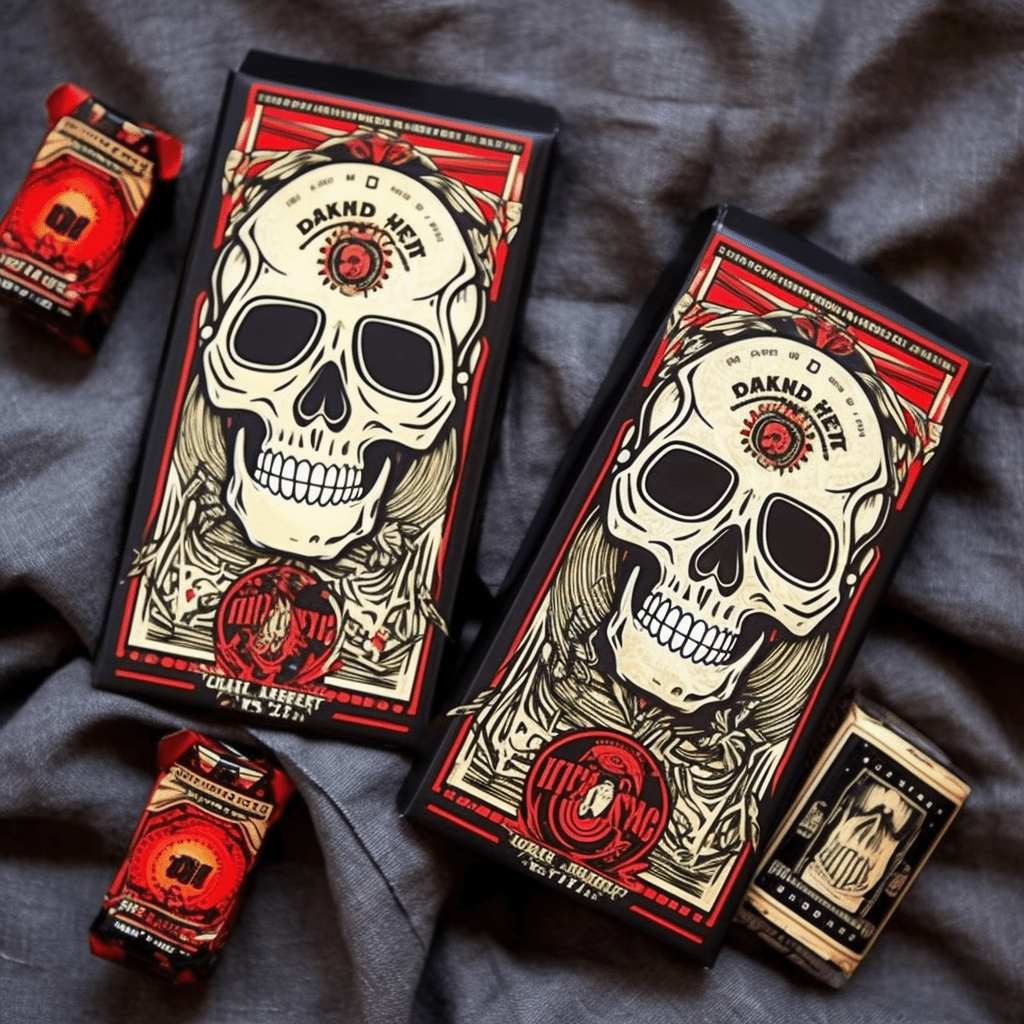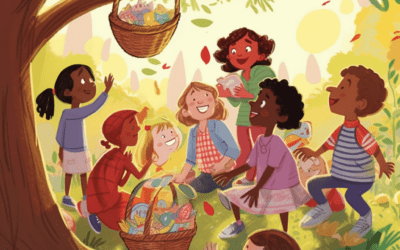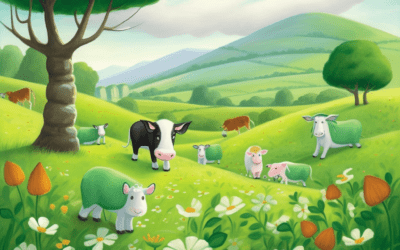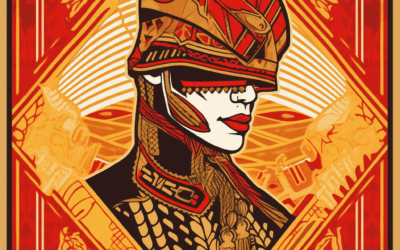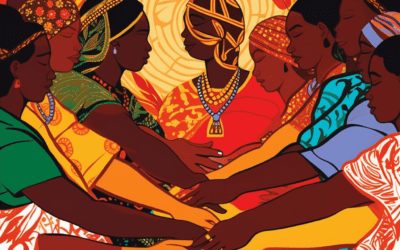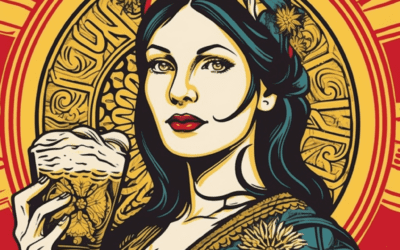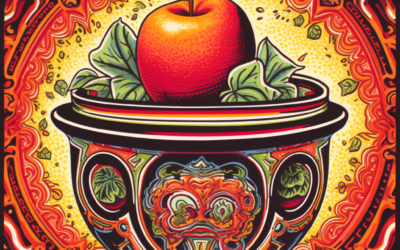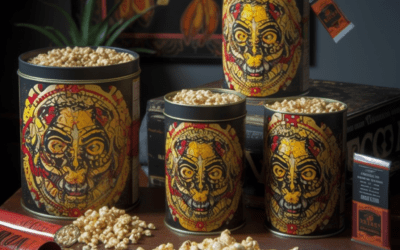The Evolution of Halloween Candy: What Were the Early Favorites?
The early favorites
In the early days of Halloween celebrations, people didn’t hand out individually wrapped candies like we do today. Instead, they offered treats like fruits, nuts, and homemade goodies. Apples, in particular, were a popular choice. Bobbing for apples became a common Halloween game, and people enjoyed eating these juicy fruits during the festivities.
As time went on, commercial candies started making their way into Halloween traditions. In the late 1800s, candy companies began producing a wide variety of sweets that could be easily shared during Halloween. One of the earliest favorites was caramel, which was often homemade and individually wrapped for gifting.
From caramel to candy corn
While caramel remained popular, another candy quickly gained traction as a Halloween favorite: candy corn. Invented in the late 1880s, candy corn’s unique tri-colored appearance, reminiscent of corn kernels, made it a festive treat for Halloween. Its chewy texture and sweet flavor made it a hit among both children and adults, and it became a staple during Halloween celebrations.
Chocolate enters the scene
Soon after candy corn’s rise to fame, chocolate candies started becoming more common during Halloween. Companies started manufacturing bite-sized chocolate treats, such as Hershey’s Miniatures and Reese’s Peanut Butter Cups, which quickly became crowd pleasers. The popularity of chocolate candies grew, and they soon became a must-have inclusion in Halloween treat bags.
Popular early favorites summarized
To summarize, the early favorites of Halloween candy included fruits, nuts, and homemade goodies like caramel. Candy corn gained popularity for its festive appearance and sweet taste, while chocolate candies, such as Hershey’s Miniatures and Reese’s Peanut Butter Cups, gained traction later on.
The evolution continues
The rise of individually wrapped candies
In the mid-20th century, the practice of handing out individually wrapped candies gained widespread popularity. Companies like Hershey’s, Mars, and Nestlé offered a wide range of sweet treats that were conveniently packaged for easy distribution. This innovation allowed children to collect a variety of candies while going from house to house, making Halloween even more enjoyable.
A shift towards bite-sized treats
As the years went by, bite-sized candies gained tremendous popularity for Halloween. Miniature versions of popular candy bars, such as Snickers, Kit Kats, and Skittles, became the go-to choice for trick-or-treaters. These small treats were easy to distribute and even easier to enjoy, making them a hit among both children and adults alike.
The introduction of novelty candies
In recent decades, Halloween candy has also seen the rise of novelty items. Companies have created themed candies shaped like spiders, eyeballs, and other spooky creatures. These fun and playful treats have added an extra level of excitement and creativity to Halloween celebrations.
In conclusion
The evolution of Halloween candy
The early favorites of Halloween candy included fruits, nuts, and homemade goodies like caramel. Candy corn quickly gained popularity for its festive appearance and sweet taste. Later on, individually wrapped chocolates like Hershey’s Miniatures and Reese’s Peanut Butter Cups became a staple. Over time, bite-sized treats and novelty candies became more prevalent, adding to the excitement of Halloween festivities. As Halloween continues to evolve, it’s clear that the tradition of giving and enjoying delicious candies will remain an integral part of the holiday.

